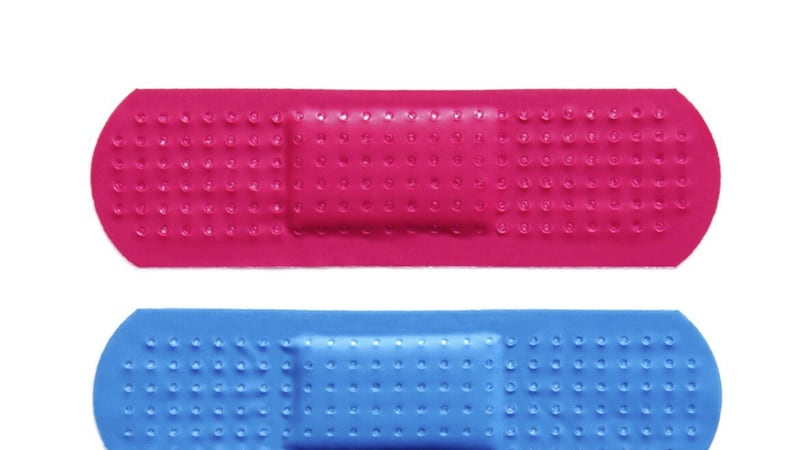A BANDAGE that 'cooks' tumour cells could help to fight the most deadly form of skin cancer.
The dressing is designed to be worn after a patient has undergone surgery to remove a malignant melanoma - the most dangerous form of skin cancer, which kills more than 2,000 people a year in the UK.
Around 90 per cent of cases are due to exposure to ultraviolet light - mainly from the sun - and numbers are rising.
When surgeons cut out a cancerous mole or patch of skin, most commonly found on the back in men and legs in women, they usually take extra surrounding 'healthy' tissue in case a few stray tumour cells have already spread there.
This extra margin can be up to 2cm wide, depending on how far the tumour has penetrated. The larger the tumour, the more likely some cells - invisible to the naked eye - will have migrated just beyond the site of the cancer.
But even removing a portion of healthy tissue does not guarantee that all malignant cells are cleared.
Any remaining ones could trigger the cancer months or even years later, and some studies suggest that in around 13 per cent of patients, melanoma returns within two years of the cancerous tissue being removed.
The high-tech bandage could potentially reduce the recurrence rate by destroying all lingering cancer cells after surgery.
It is based on a form of treatment known as photothermal therapy, where a laser beam is used to heat tumour cells to the point where they self-destruct.
Cancer cells are more sensitive to heat damage than healthy cells, so temperatures of 60C can wipe out malignant ones while healthy cells remain mostly intact.
Photothermal therapy, which is available on the NHS, usually involves injecting a light-sensitive chemical into the tumour site and then zapping it for a few minutes with laser light. It is used for skin and liver cancer.
However, this treatment has to be repeated every few days or weeks, normally in hospital.
In addition, tumours often have tangled blood vessels which make it difficult to control the flow of the chemical once it has been injected into the body.
The experimental bandage, which looks like a plaster, does the same job, but patients can use it at home with an infrared lamp. A chemical in the dressing converts the light into heat.
Shining the light at the bandage for 15 seconds every two days generates enough heat to kill the tumour, according to lab tests on cells. The results were published recently in the journal Advanced Functional Materials.
Now researchers from the University of Nottingham, who developed the dressing, plan to trial it in patients. If successful, it's hoped that surgeons may be able to remove smaller amounts of tissue - reducing scarring and speeding up healing.
Dr Rupal Mistry, research information manager at Cancer Research UK, says: "This surgical dressing could be used to help kill cancer, but we are some way off it being used in the clinic."
© Solo dmg media








